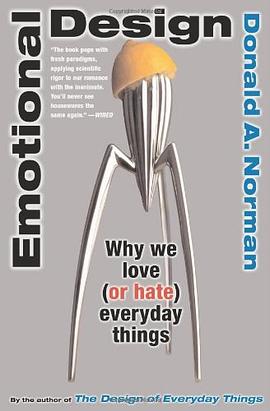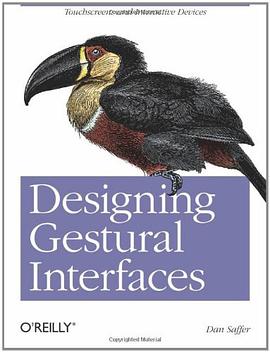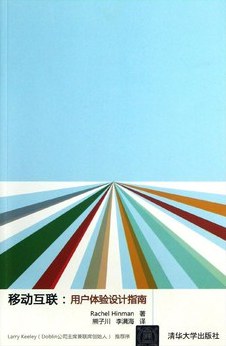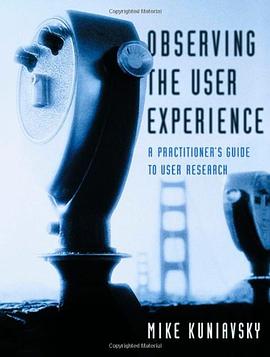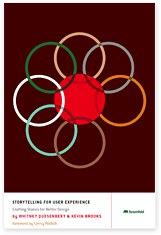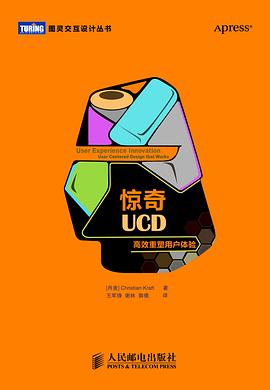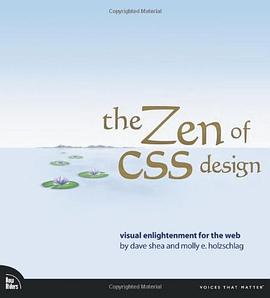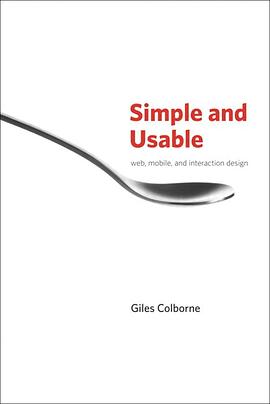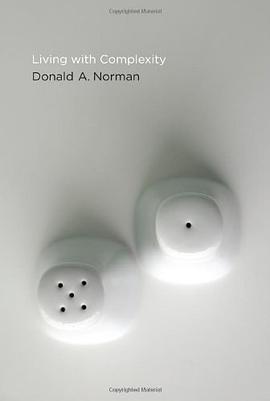

具體描述
If only today’s technology were simpler! It’s the universal lament, but it’s wrong. We don't want simplicity. Simple tools are not up to the task. The world is complex; our tools need to match that complexity.
Simplicity turns out to be more complex than we thought. In this provocative and informative book, Don Norman writes that the complexity of our technology must mirror the complexity and richness of our lives. It’s not complexity that’s the problem, it’s bad design. Bad design complicates things unnecessarily and confuses us. Good design can tame complexity.
Norman gives us a crash course in the virtues of complexity. But even such simple things as salt and pepper shakers, doors, and light switches become complicated when we have to deal with many of them, each somewhat different. Managing complexity, says Norman, is a partnership. Designers have to produce things that tame complexity. But we too have to do our part: we have to take the time to learn the structure and practice the skills. This is how we mastered reading and writing, driving a car, and playing sports, and this is how we can master our complex tools.
Complexity is good. Simplicity is misleading. The good life is complex, rich, and rewarding—but only if it is understandable, sensible, and meaningful.
著者簡介
Business Week has named Don Norman as one of the world's most influential designers. He has been both a professor and an executive: he was Vice President of Advanced Technology at Apple; his company, the Nielsen Norman Group, helps companies produce human-centered products and services; he has been on the faculty at Harvard, the University of California, San Diego, Northwestern University, and KAIST, in South Korea. He is the author of many books, including The Design of Everyday Things, The Invisible Computer (MIT Press, 1998), Emotional Design, and The Design of Future Things.
圖書目錄
2. Simplicity Is in the Mind
3. How Simple Things Can Complicate Our Lives
4. Social Signifiers
5. Sociable Design
6. Systems and Services
7. The Design of Waits
8. Managing Complexity: A Partnership
9. The Challenge
· · · · · · (收起)
讀後感
我没有看过《设计心理学》和《设计心理学3:情感设计》,这本2是随便挑的。读起来不累,只是有点絮絮叨叨,信息量不够大。还有这本书有一个比较别扭的地方,很多内容中引用的图片总是放在下一页。结果让人不知道是应该坚持看完这一页的内容呢,还是应该先去下一页看图再翻回来...
評分X光是医疗影像设备中外形结构最复杂的产品,这是由其功能决定的,想把这种玩意变成傻瓜相机的愿望本身就是对必要复杂的逃避。 曾有GE的经理要求:核磁共振最好要让小孩也能一看就会用,就像傻瓜相机一样,界面也最好象google一样简单......傻瓜相机,google, I-pod, I-phone, I...
評分 評分管理复杂,这是一个十分吸引人的主题,尤其对于我这种天生比较凌乱的人来说。在本书中,诺曼博士花费用不少的篇幅让读者了解到什么是复杂、为什么会复杂,以及复杂与简单的关系。当然,他也介绍了很多管理复杂的技巧,而个人认为这些远不如前面的设计思想吸引人。 我们...
評分X光是医疗影像设备中外形结构最复杂的产品,这是由其功能决定的,想把这种玩意变成傻瓜相机的愿望本身就是对必要复杂的逃避。 曾有GE的经理要求:核磁共振最好要让小孩也能一看就会用,就像傻瓜相机一样,界面也最好象google一样简单......傻瓜相机,google, I-pod, I-phone, I...
用戶評價
Norman後來的書越寫越囉嗦起來瞭。
评分諾曼大爺寫書越寫越囉嗦,很多東西翻來覆去的講也未點透具體方法。本書比較新穎的觀點是接受世界復雜的本質,不是越簡單越好,simplicity不代錶usability。人們本來就接受瞭世界是complex的,是有很多feature的,設計師通過閤理的運用structure,affordances,signifiers把産品或服務組織的讓用戶可以理解,而不是直接展示復雜讓用戶感到complicated,confused。算是對現如今極簡設計風潮的另一種辯證思考。我覺得諾曼大爺是透過簡約設計錶象對簡約與復雜有瞭更進一步理解,不過真是絮絮叨叨。正如本書所說,他做到瞭start strong, 但是middle和end真是weak。以後還是少看點設計書籍,多瞭解人、社會與生活這些設計源頭的東西。
评分從Don Norman的書裏麵學到的核心思想是:好的design源於觀察生活。當然還是它早期的書感覺更powerful。。。
评分從Don Norman的書裏麵學到的核心思想是:好的design源於觀察生活。當然還是它早期的書感覺更powerful。。。
评分生活細微處的體察
相關圖書
本站所有內容均為互聯網搜索引擎提供的公開搜索信息,本站不存儲任何數據與內容,任何內容與數據均與本站無關,如有需要請聯繫相關搜索引擎包括但不限於百度,google,bing,sogou 等
© 2025 book.quotespace.org All Rights Reserved. 小美書屋 版权所有


